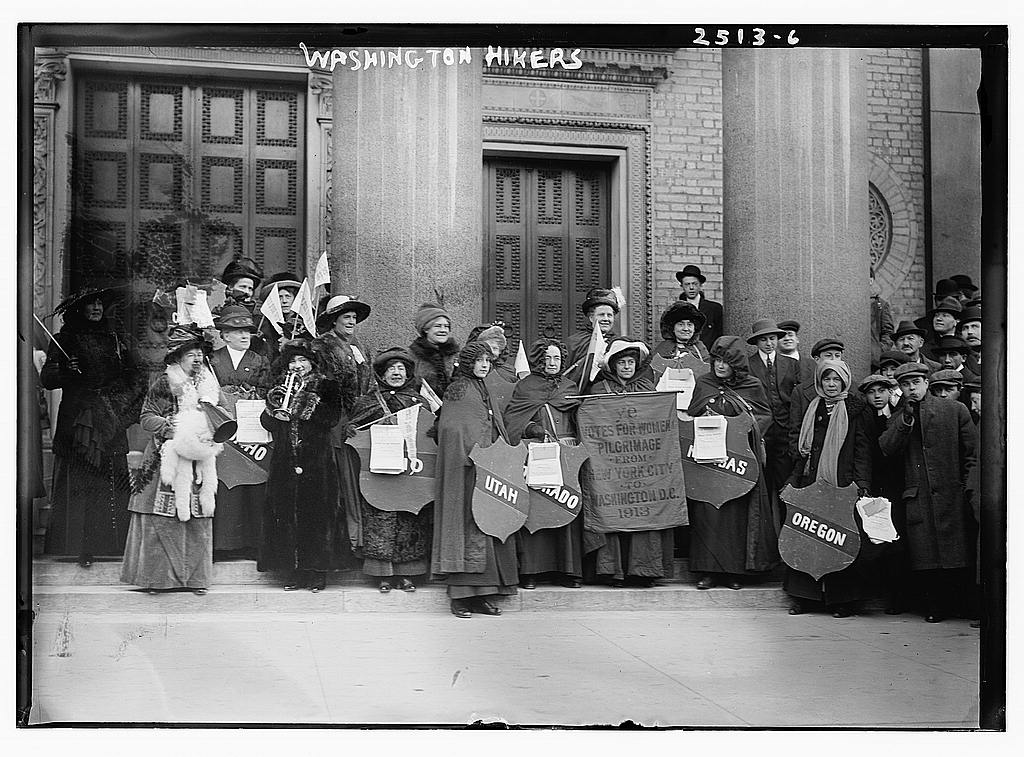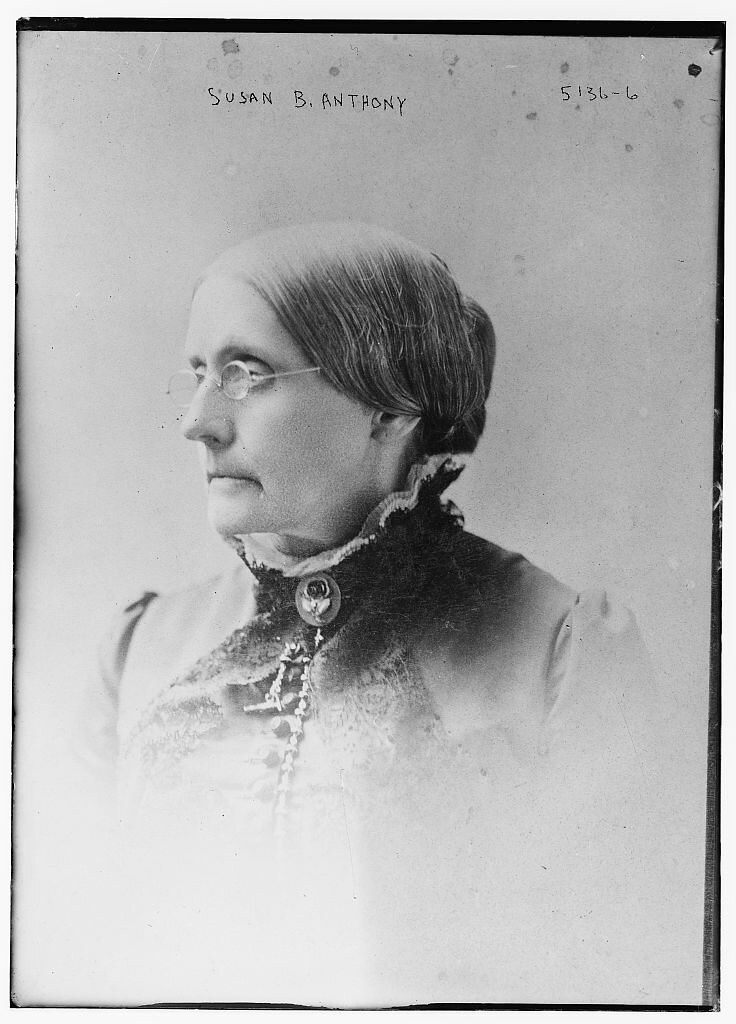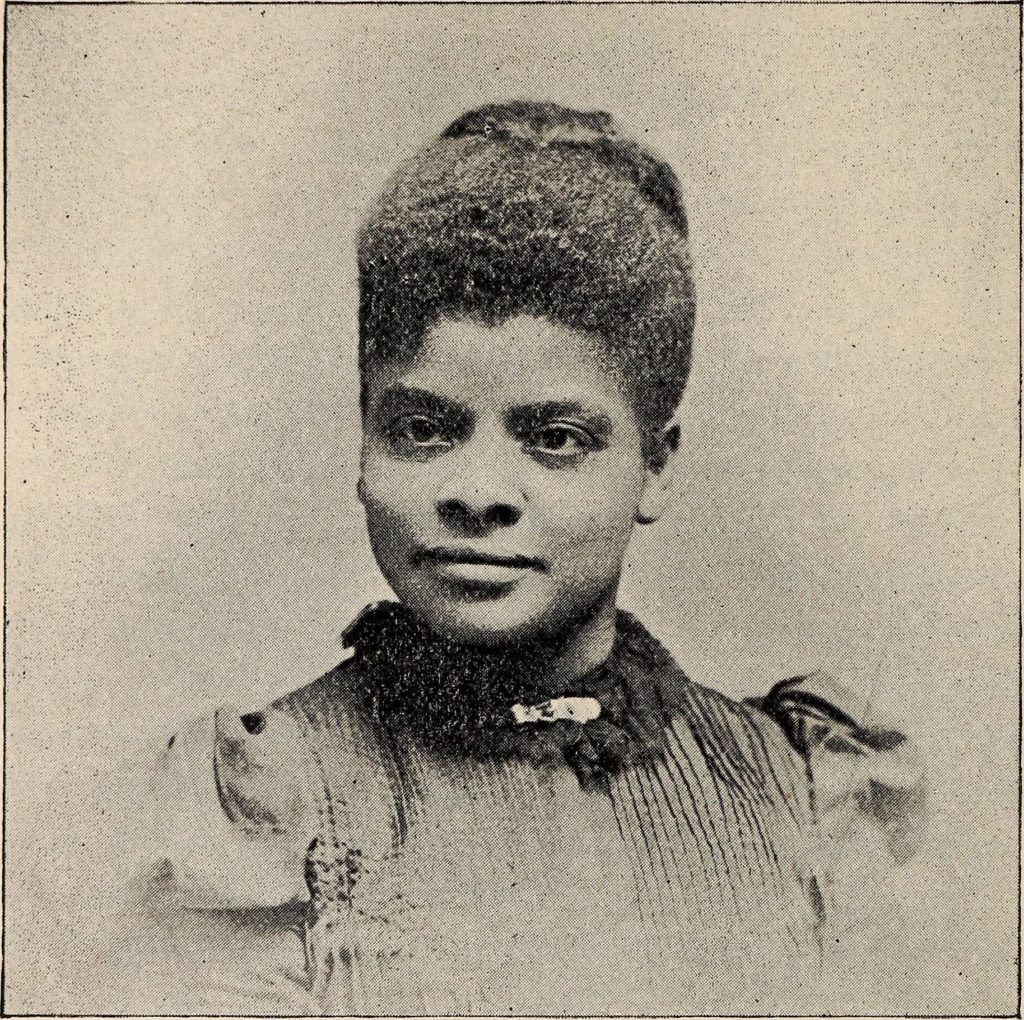The decisions we make in search of a goal, no matter how just, can create just as many roadblocks as the ones we hoped to surpass. They may be unintended, but it’s important to address them. That was the main theme of the recent event hosted by Sinclair Community College, “A Storied Centennial: Race and Racism in The Women’s Suffrage Movement”
Featuring Sinclair Professor Furaha Henry-Jones and Dr. Treva B. Lindsey, an associate professor of Women’s Studies from Ohio State University and author of “Colored No More: Reinventing Black Womanhood in Washington D.C.”, this presentation includes a discussion of the history of suffrage within the U.S, showcasing the often exclusionary tactics and racist rhetoric that helped push forward the 19th Amendment.
2020 marks the centennial anniversary of the passing of the 19th Amendment, but Dr. Lindsey notes that the fight for suffrage extends past the dates people typically assign to it. She expresses that the true fight for suffrage begins long before Seneca Falls and does not end with the 19th Amendment.

The earliest hints of suffrage begin with women taking note of and examining the culture of The Iroquois. The egalitarian nature of Iroquois society served as an inspiration to early suffragists, for women decided on leaders and had the right to veto acts of war.
The links between suffrage and racial equality begin in 1833, at a meeting of the Philadelphia Female Anti-Slavery Society. It’s the first chance many women have to discuss not only abolition but the idea of suffrage.
At Seneca Falls in 1848, those ties were compounded. However, as Dr. Lindsey points out, no women of color attended this meeting. The only African American present was Fredrick Douglas. It is the beginning of a movement, but it is one centered around white middle-class women. According to Lindsey, they had begun the discussion of “who counts as a woman”.
“Not every abolitionist believes in suffrage, and not every suffragist believes in abolition,” said Lindsey. Despite this, fragile solidarity does exist between caucasian and African American suffragists. Lifelong friendships were formed between women working to both end slavery and secure woman’s right to vote.
The schism begins with the passage of the 13th Amendment and the belief by many suffragettes that the right to vote was just around the corner now that slavery had been abolished.
By the time the 15th Amendment was introduced, several notable suffragists began to rally against the amendment.
Susan B. Anthony and Elizabeth Cady Stanton objected to the passage of the 15th Amendment. Stanton claimed that granting the right to vote to black men without including women would denigrate white women.

Many white suffragettes began employing “Southern Strategy” by using racist and divisive rhetoric to appeal to white socialites in the South.
Despite this new wave of antagonism, many women of color, such as Ida B. Wells and Mabel Ping-Hua Lee, still fought for suffrage. They believed that the 15th Amendment was the first inroad towards suffrage and the men in their lives would help them vote towards that.

For white suffragettes, the passing of the 19th Amendment on August 16, 1920, was a sign that the fight was over. For suffragettes of color, the amendment was merely a stepping stone, as discriminatory legislature and racist voting laws still stood in their way. They would spend large amounts of time trying to convince retired white suffragists to pick up the fight for the Indian Citizenship Act and the repeal of the Chinese Exclusion Act.
On how suffrage is taught, Professor Davis expresses how confusing hearing about the history of suffrage can be for women of color. It is confusing that you can be handed a picture of Elizabeth Cady Stanton or Alice Paul in class and learn about the work they did, yet hear from other sources that they were racist.
Davis asks, “So, where am I in this picture?”
Joshua Fadare
Reporter

